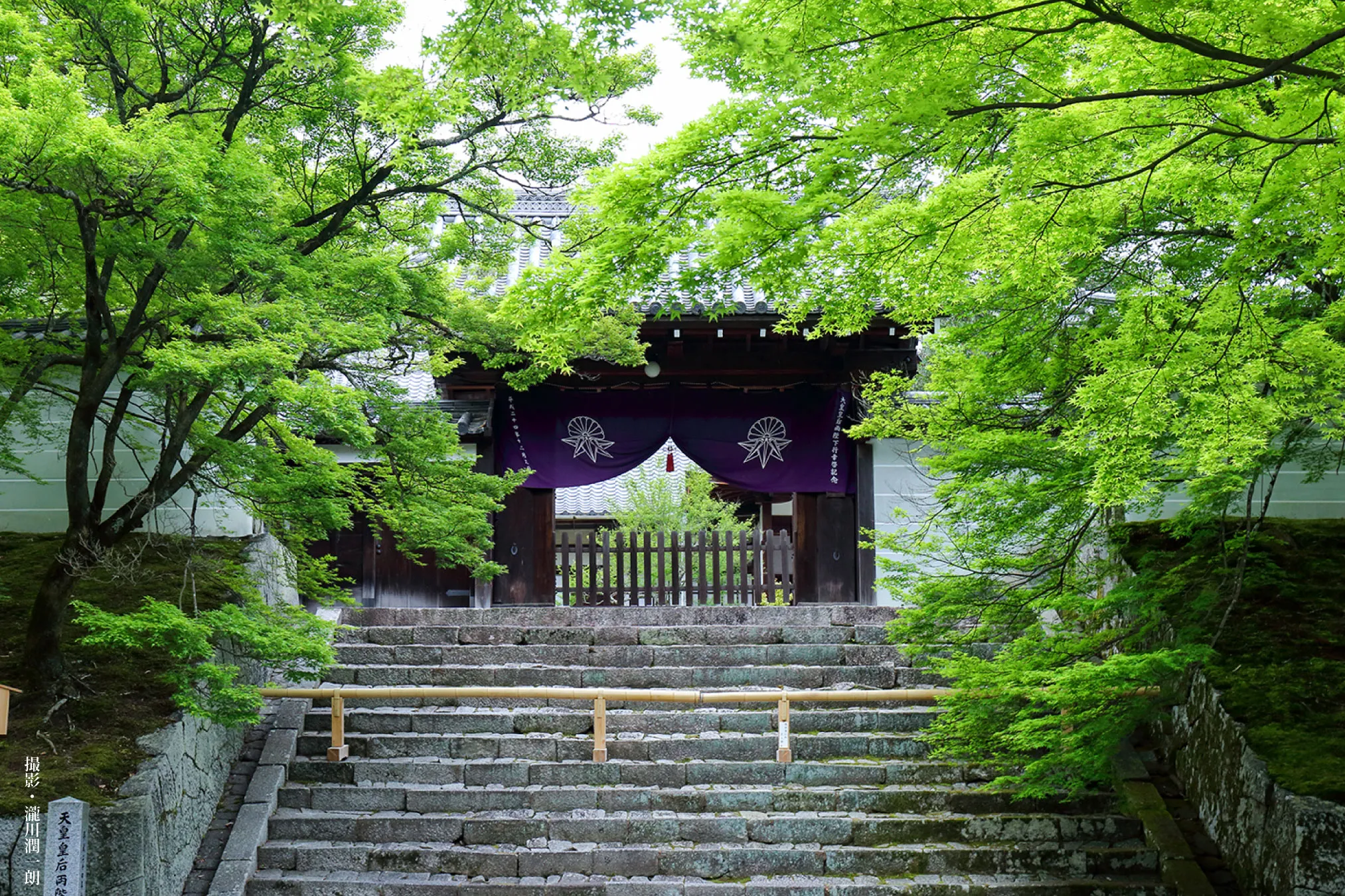Manshuin Temple is a significant temple located in northeastern Kyoto, renowned for its exquisite Shoin architecture and gardens. This comprehensive guide will take you on a journey through this ancient Buddhist sanctuary and reveal its unique charms.
Key Information
- Location: 42 Takenouchi-cho, Ichijoji, Sakyo-ku, Kyoto
- Established: 8th century
- Sect: Tendai Buddhism
- Main attractions: Shoin architecture, painted sliding doors, karesansui garden
- Best viewing season: Late November (autumn foliage)
Rich History
Manshuin was founded in the 8th century by Saicho, the revered monk who established the Tendai sect of Japanese Buddhism. As a monzeki temple, it was historically headed by priests of imperial or aristocratic lineage, highlighting its prestigious status.
Main Attractions
Shoin Architecture
Manshuin is famous for its outstanding examples of Shoin architecture. This style, which developed during the Muromachi Period (1333-1573), is characterized by tatami mat floors, removable sliding doors (fusuma), and elements such as study desks, staggered shelves, and alcoves (tokonoma).
Painted Sliding Doors and Screens
Many rooms in the temple are adorned with paintings by leading artists on sliding doors (fusuma) and folding screens (byobu). Several rooms are named after their feature paintings, such as the “Peacock Room,” “Tiger Room,” and “Twilight Room.”
Karesansui Garden
The temple’s garden is an excellent representation of karesansui, or dry landscape garden. It features two islets in a sea of raked gravel, one of which hosts a 400-year-old pine tree shaped like a crane.
Autumn Foliage
Manshuin is known for its stunning autumn colors, typically peaking in late November. The maple trees surrounding the temple’s outer wall and eastern gate provide the most vibrant displays.
Best Time to Visit
Autumn (late October to November) is the prime season to appreciate Manshuin’s beauty. Not only can you enjoy the spectacular fall colors, but the weather is also pleasant. Spring is another good option when cherry blossoms are in bloom.
Getting There
From Kyoto Station:
- Take the JR Nara Line to Tofukuji Station
- Transfer to the Keihan Main Line and ride to Demachiyanagi Station (final stop)
- Take the Eizan Railways to Shugakuin Station
- Walk 15-20 minutes from Shugakuin Station
The entire trip takes about 40 minutes and costs 650 yen one way.
Alternatively, take bus number 5 from Kyoto Station to Ichijoji Shimizucho stop, then walk 10-15 minutes. The bus ride takes about 50 minutes and costs 230 yen one way.
Hours and Admission
- Open: 9:00 to 17:00 (last entry at 16:30)
- Open year-round
- Admission: 600 yen
Visitor Tips
- Allow 2-3 hours for a thorough visit
- Maintain a quiet atmosphere out of respect for the temple
- Follow photography guidelines where applicable
- Wear comfortable shoes as some walking is required
Official Website
Conclusion
Manshuin Temple captivates visitors with its exquisite Shoin architecture, garden design, and autumn foliage. Whether you’re interested in traditional Japanese culture or seeking a peaceful retreat away from the bustle, Manshuin is a must-visit destination. Come and experience the allure of this thousand-year-old temple for yourself!
